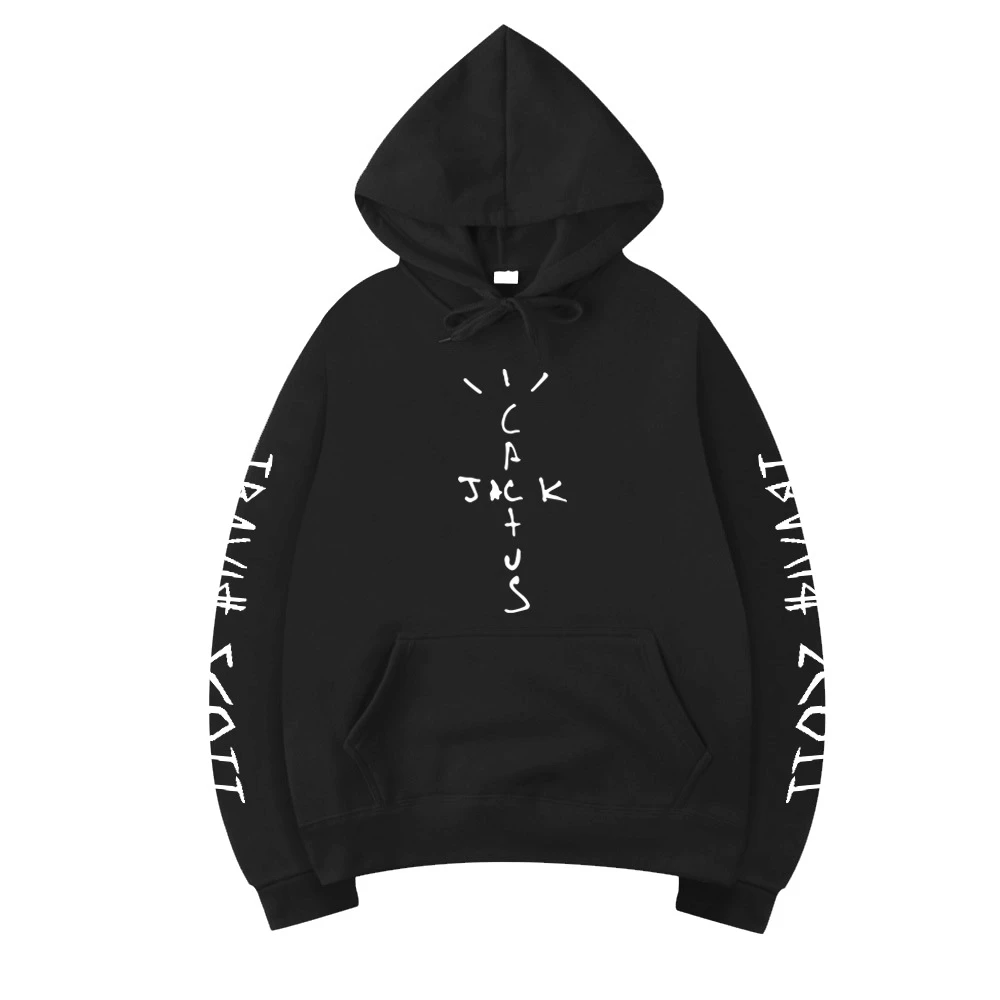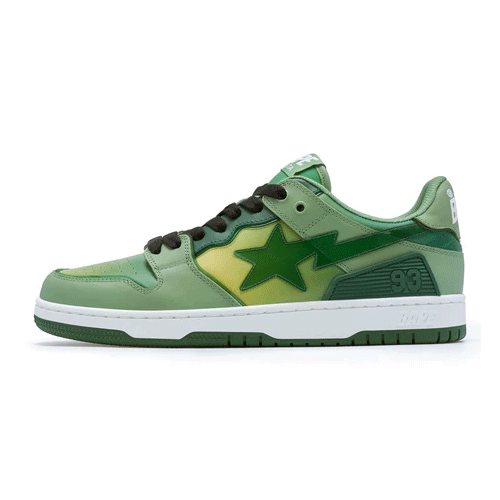The fashion world is no stranger to statement pieces, but few items have managed to create waves quite like the Bapesta sneaker. Born out of the Japanese streetwear powerhouse A Bathing Ape (BAPE), the Bapesta is more than just footwear – it’s a symbol of an era, a lifestyle, and a culture that bridges Tokyo’s underground scene with global hip-hop and fashion movements.
As sneaker culture continues to evolve, the Bapesta stands as a bold reminder of the power of design, identity, and exclusivity. This article dives into the history, impact, and modern-day relevance of Bapesta, making it a must-read for sneakerheads and streetwear lovers alike.
The Origins of Bapesta: A Tribute and a Disruption
The story of Bapesta starts in the early 2000s, under the visionary leadership of Nigo, the founder of BAPE. Drawing heavy inspiration from the Nike Air Force 1, the Bapesta silhouette mirrors the classic sneaker but infuses it with unmistakable flair: glossy patent leather, wild colorways, and the now-iconic star-shaped “STA” logo in place of Nike’s swoosh.
While some critics initially viewed the Bapesta as a mere knock-off, its cultural impact quickly elevated it beyond comparison. Nigo didn’t just borrow; he reimagined. The sneaker became a canvas for expression, blending high fashion with streetwear in a way few had seen before.
Bapesta and Hip-Hop: A Perfect Cultural Storm
It wasn’t long before Bapesta caught the attention of the hip-hop elite. Rappers and producers like Pharrell Williams, Kanye West, and Lil Wayne began sporting the sneakers, propelling them into the Western mainstream. Bapesta became synonymous with a new wave of hip-hop culture – one that embraced luxury, color, and individuality.
Pharrell’s close relationship with Nigo and BAPE led to exclusive releases, including the famous Ice Cream collaboration line. Kanye’s appearance in custom Bapestas further fueled the hype. These weren’t just shoes – they were status symbols, collector’s items, and expressions of personal style.
For a generation coming of age during the early 2000s, Bapesta wasn’t just a sneaker. It was a badge of identity, a way to connect with a larger cultural movement.
What Makes Bapesta Unique?
What separates the Bapesta from the crowd isn’t just its shape or shine. It’s the way it challenges fashion norms. Unlike traditional sportswear brands that prioritize performance, Bapesta is purely about aesthetic and statement.
Each release boasts bold patterns, cartoon graphics, and glossy finishes that make the sneakers pop on the street or in a collection. Collaborations often take things to the next level, incorporating artwork, limited-run themes, and unpredictable color schemes that push boundaries.
This unapologetic flamboyance is what has kept Bapesta relevant for over two decades. In a sea of minimalism, Bapesta dares to be loud.
The Evolution of Bapesta: From Subculture to Luxury Fashion
Over the years, Bapesta has evolved with the times. While it remained rooted in streetwear, the rise of hype culture, resale platforms, and luxury streetwear collaborations pushed Bapesta further into the fashion mainstream.
Under new creative leadership and a global spotlight, BAPE began collaborating with high-end brands and global icons, revitalizing Bapesta in the eyes of both collectors and newcomers. Releases became more curated, incorporating elements of luxury materials and exclusive packaging.
Recent collections have introduced modern silhouettes, improved materials, and wider availability while still preserving the rebellious DNA of the original design.
Styling Bapesta: How to Rock the Classic Sneaker
One of the most appealing aspects of Bapesta is its versatility. Whether you’re going for a throwback Y2K look or a modern streetwear fit, there’s a Bapesta to match your vibe.
Pair a neon patent leather Bapesta with distressed denim and a graphic tee for a retro look. For something more elevated, match monochrome Bapestas with tailored joggers and a clean hoodie. The sneaker’s boldness allows it to be either the centerpiece or a supporting statement.
Accessories like bucket hats, crossbody bags, or oversized jackets can further amplify the streetwear aesthetic. If you’re aiming for authenticity, dig into vintage BAPE collections and explore Japanese streetwear forums for inspiration.
Collecting Bapesta: What to Look For
The resale market has made Bapesta a hot commodity, especially rare or limited-edition releases. Whether you’re just getting into collecting or have a wall full of sneaker boxes, knowing what to look for is key.
Condition, authenticity, and release date are essential. Older Bapestas, particularly from the early 2000s, have become collector’s grails. Collaborations with artists, brands, or celebrities often fetch higher prices and tend to retain value over time.
If you’re new to the scene, start with general release colorways before diving into limited drops. Several sneaker authentication services and resale platforms can help ensure you’re getting the real deal.
The Bapesta Legacy: Why It Still Matters
Bapesta isn’t just a product – it’s a cultural artifact. It reflects a unique period when Japanese fashion collided with Western hip-hop and gave birth to something original. Its influence can be seen in the rise of bold sneaker designs, collaborative collections, and the very concept of streetwear as a luxury category.
Even today, new sneaker brands take cues from the blueprint Bapesta helped write. In a world that often prioritizes subtlety, Bapesta remains a reminder that sometimes, loud is good, and different is better.
Whether you’re rocking a pair on the street or displaying them in a sneaker vault, owning a Bapesta is like owning a piece of fashion history.
Where to Explore More
For readers looking to dive deeper into Bapesta and the world of streetwear:
- Check out interviews with Nigo for insights into BAPE’s original vision.
- Explore sneaker forums and streetwear communities to stay ahead of new Bapesta drops.
- Visit fashion history blogs for deep dives into the influence of Japanese streetwear.
- For collectors, follow high-end resale platforms and authentication services.
On your own blog or site, consider linking this post internally to related articles like:
- “Top 10 Japanese Streetwear Brands That Changed the Game”
- “Sneaker Collaborations That Shaped Modern Fashion”
- “How Hip-Hop Influenced Global Sneaker Culture”
Conclusion
From the streets of Harajuku to the stages of global rap concerts, Bapesta has earned its place in sneaker history. It’s more than a nod to a classic – it’s a reinvention, a rebellion, and a representation of fashion as a form of self-expression. As trends come and go, Bapesta remains timeless, effortlessly fusing past, present, and future in every pair.





